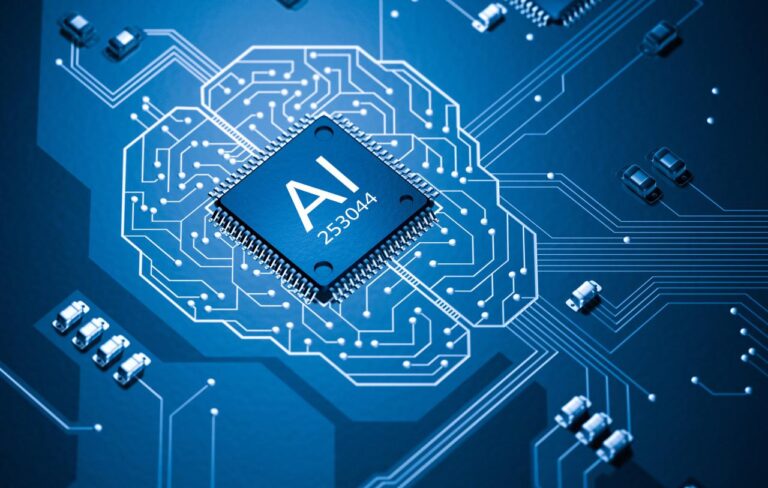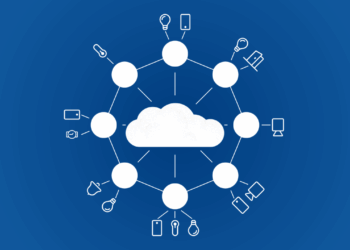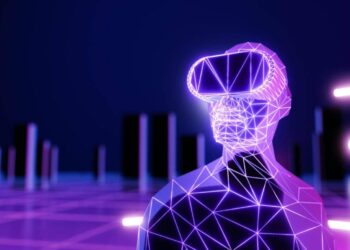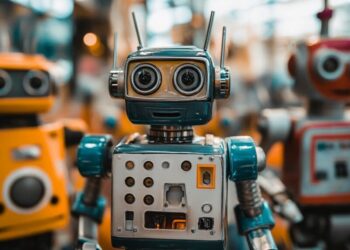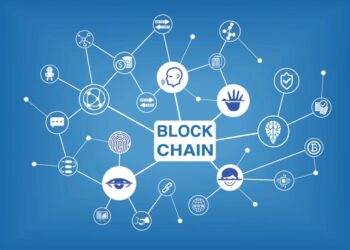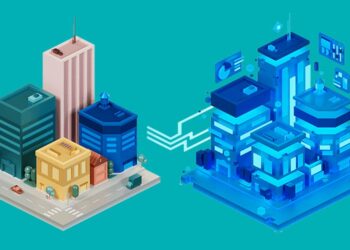The Dawn of a New Era
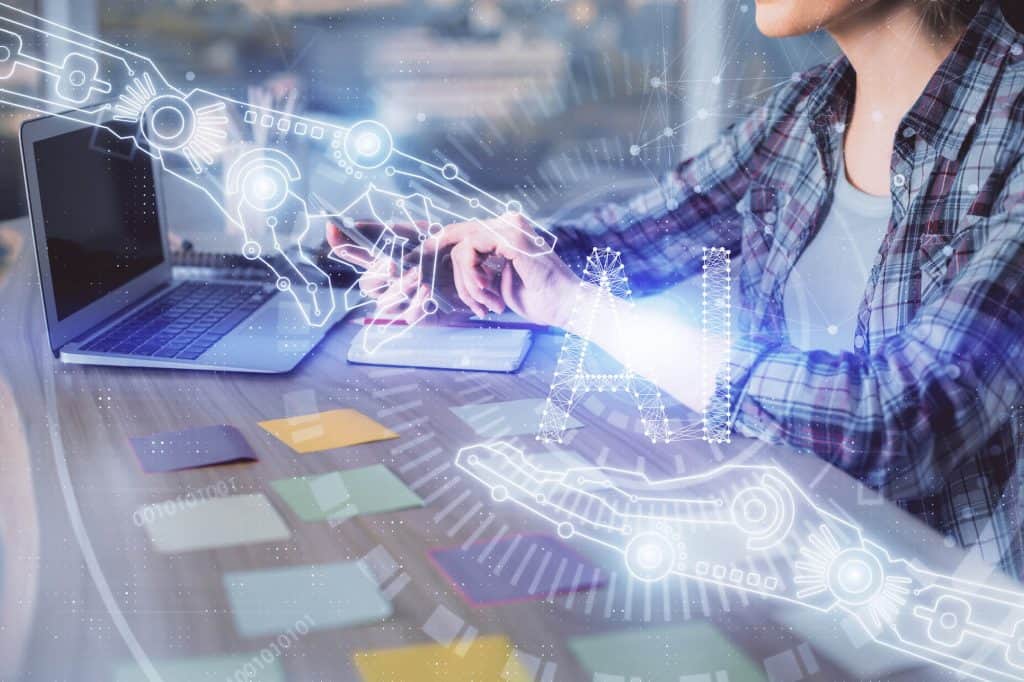
At its heart, Artificial Intelligence refers to the simulation of human intelligence in machines that are programmed to think like humans and mimic their actions. The term can also be applied to any machine that exhibits traits associated with a human mind, such as learning and problem-solving. This broad definition encompasses everything from simple algorithms that power your social media feed to complex neural networks that drive autonomous vehicles and sophisticated medical diagnostic tools.
The journey of AI began decades ago, evolving through various phases of excitement and skepticism. Early concepts focused on symbolic AI, attempting to encode human knowledge directly into machines. However, the true explosion of AI’s capabilities in recent years can be attributed to advancements in machine learning (ML) and deep learning (DL). ML allows systems to learn from data without explicit programming, while DL, a subset of ML, utilizes multi-layered neural networks to process complex patterns in vast datasets, mimicking the way the human brain learns.
The availability of massive datasets, coupled with significant increases in computational power (especially with GPUs), has provided the fuel and engine for AI’s rapid progress. This convergence has enabled AI to move from theoretical discussions to practical applications that are now deeply embedded in our daily lives, often without us even realizing it. The implications for productivity, innovation, and societal structure are enormous, making AI a central theme in global technological discourse.
AI’s Pervasive Reach
The transformative power of AI is perhaps most evident in its ability to revolutionize entire industries, creating efficiencies, uncovering new opportunities, and shifting traditional paradigms.
A. Healthcare
The medical field is undergoing a profound transformation thanks to AI. AI algorithms can analyze vast amounts of patient data – from genetic information to medical images and electronic health records – at speeds and accuracies far beyond human capabilities.
- Diagnosis and Detection: AI is proving invaluable in early disease detection, particularly in radiology and pathology. Algorithms trained on millions of images can identify subtle anomalies indicative of cancer, diabetic retinopathy, or other conditions, often before they are apparent to the human eye. This leads to earlier intervention and improved patient outcomes.
- Drug Discovery and Development: The laborious process of drug discovery is being accelerated by AI. Machine learning models can predict the efficacy and toxicity of potential drug compounds, analyze molecular interactions, and even design new molecules, significantly reducing the time and cost associated with bringing new medicines to market.
- Personalized Medicine: AI enables highly personalized treatment plans by considering an individual’s genetic makeup, lifestyle, and response to previous treatments. This ensures that patients receive the most effective interventions tailored to their unique biological profile.
- Robot-Assisted Surgery: While human surgeons remain essential, AI-powered robots enhance precision and dexterity during complex operations, reducing invasiveness and recovery times. They can perform intricate tasks with unwavering steadiness, assisting surgeons in achieving better outcomes.
- Predictive Analytics for Outbreaks: AI models can analyze public health data, travel patterns, and environmental factors to predict disease outbreaks, allowing for proactive public health responses and resource allocation.
B. Finance
The financial sector, inherently data-driven, has been an early adopter and significant beneficiary of AI. AI enhances decision-making, mitigates risk, and optimizes operations.
- Fraud Detection: AI algorithms are highly effective at identifying fraudulent transactions in real-time. By analyzing patterns in spending, location, and behavior, they can flag anomalies that indicate suspicious activity, protecting both financial institutions and consumers.
- Algorithmic Trading: AI-powered algorithms execute trades at high speeds, analyzing market data, news sentiment, and economic indicators to make profitable decisions in milliseconds. This has revolutionized stock markets and other trading platforms.
- Credit Scoring and Loan Underwriting: AI provides more nuanced and accurate credit assessments by analyzing a broader range of data points than traditional methods, potentially expanding access to credit for underserved populations while managing risk for lenders.
- Personalized Banking: AI-powered chatbots and virtual assistants provide 24/7 customer support, while AI algorithms offer personalized financial advice and product recommendations based on individual spending habits and financial goals.
- Risk Management: AI models help financial institutions identify and quantify various risks, including market risk, credit risk, and operational risk, enabling more robust risk management strategies.
C. Transportation
AI is at the forefront of revolutionizing how we move people and goods, promising safer, more efficient, and sustainable transportation systems.
- Autonomous Vehicles: Perhaps the most talked-about application, self-driving cars, trucks, and even drones are powered by sophisticated AI systems that interpret sensor data, navigate complex environments, and make real-time decisions, aiming to drastically reduce human error-related accidents.
- Smart Logistics and Supply Chains: AI optimizes routes, manages inventory, predicts demand, and streamlines warehousing operations. This leads to significant cost savings, faster delivery times, and reduced environmental impact for businesses.
- Traffic Management: AI systems can analyze real-time traffic flow, weather conditions, and accident data to optimize traffic light timings, suggest alternative routes, and reduce congestion in urban areas.
- Predictive Maintenance: AI monitors the health of vehicles and transportation infrastructure, predicting potential failures before they occur. This allows for proactive maintenance, preventing breakdowns and ensuring operational continuity.
D. Manufacturing
The manufacturing sector is embracing AI to usher in the era of “Industry 4.0,” characterized by smart, interconnected factories.
- Predictive Maintenance: AI sensors monitor machine performance, predicting when equipment is likely to fail, thus enabling maintenance before costly breakdowns occur. This minimizes downtime and extends the lifespan of machinery.
- Quality Control: AI-powered vision systems can inspect products with incredible precision and speed, identifying defects that might be missed by the human eye, ensuring consistent product quality and reducing waste.
- Robotics and Automation: AI enhances the capabilities of industrial robots, allowing them to perform more complex tasks, adapt to changing environments, and collaborate more effectively with human workers.
- Supply Chain Optimization: AI analyzes production data to optimize raw material procurement, production scheduling, and distribution, leading to more efficient and responsive manufacturing processes.
E. Retail and E-commerce
AI is fundamentally changing how businesses interact with consumers, creating highly personalized and efficient shopping experiences.
- Personalized Recommendations: E-commerce giants like Amazon owe much of their success to AI algorithms that analyze Browse and purchase history to suggest products highly relevant to individual customers, driving sales.
- Customer Service Chatbots: AI-powered chatbots provide instant, 24/7 customer support, answering queries, resolving issues, and guiding customers through purchases, improving satisfaction and reducing operational costs.
- Dynamic Pricing: AI algorithms can adjust product prices in real-time based on demand, competitor pricing, inventory levels, and other market factors, maximizing revenue.
- Inventory Management: AI predicts demand patterns with greater accuracy, optimizing inventory levels to prevent stockouts or overstocking, which saves costs and improves product availability.
- In-store Analytics: AI-powered cameras can analyze customer traffic patterns and behavior in physical stores, providing insights into store layout effectiveness and product placement.
The Human-AI Collaboration
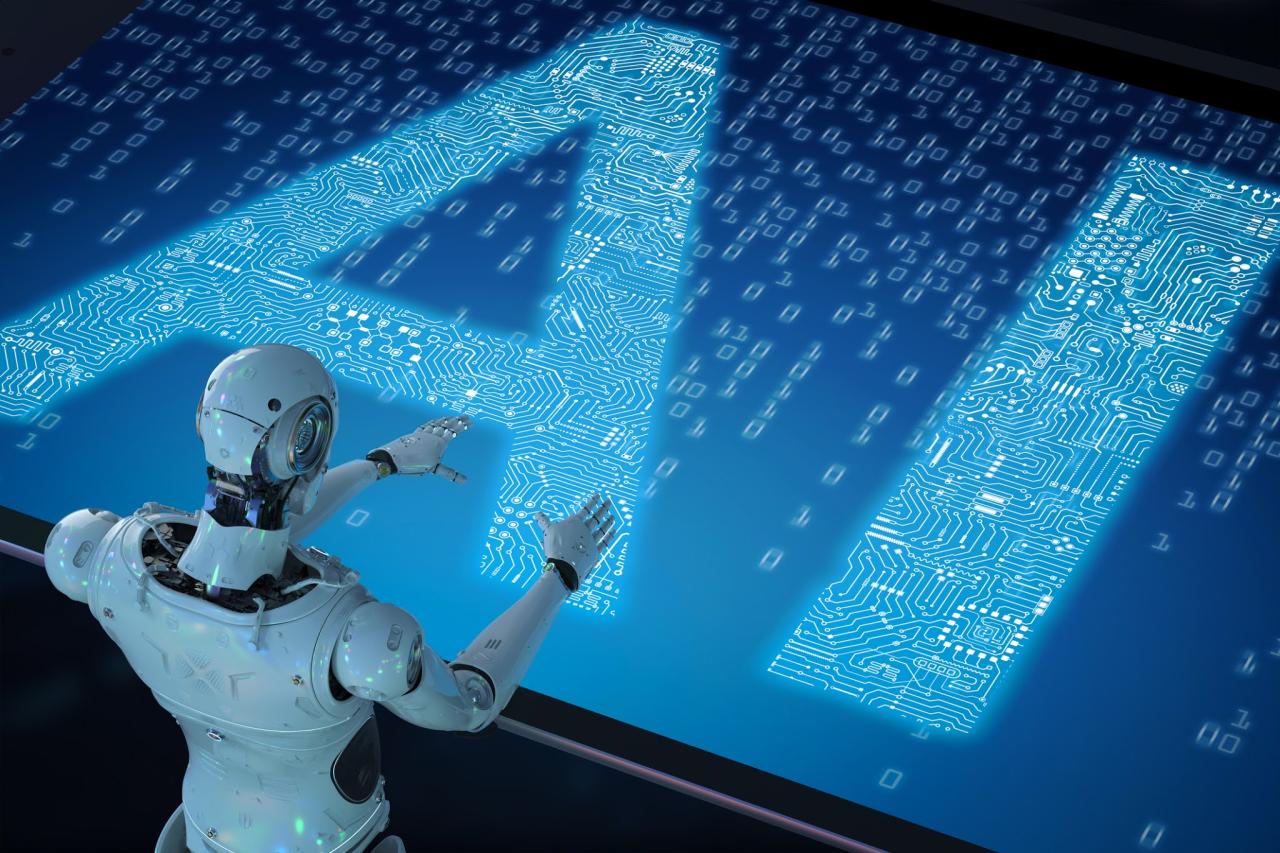
While fears of AI replacing human jobs persist, a more nuanced understanding reveals that AI often serves as a powerful collaborator, augmenting human capabilities rather than simply displacing them.
- Augmented Creativity: AI tools can assist artists, designers, and musicians by generating new ideas, refining compositions, or even creating entire pieces of art based on specified parameters. This frees up human creators to focus on conceptualization and unique expression.
- Enhanced Decision-Making: AI provides humans with vast amounts of processed information and predictive insights, allowing for more informed and strategic decisions in complex scenarios, whether in business, healthcare, or government.
- Automating Repetitive Tasks: AI excels at repetitive, data-intensive tasks, freeing human workers from mundane chores and allowing them to focus on more creative, strategic, and interpersonally complex aspects of their jobs.
- Personalized Learning: AI-powered educational platforms can adapt to individual student paces and learning styles, providing customized content and feedback, making education more effective and accessible.
- Accessibility for All: AI-powered tools like real-time translation, speech-to-text, and image recognition are breaking down barriers for individuals with disabilities, making information and technology more accessible.
Ethical Considerations and Societal Impact
As AI becomes more ingrained in society, critical ethical considerations and societal impacts emerge, requiring careful thought and proactive measures.
A. Bias and Fairness
AI systems learn from the data they are fed. If this data contains historical biases (e.g., gender, racial, socio-economic), the AI will perpetuate and even amplify those biases in its decisions, leading to unfair or discriminatory outcomes in areas like loan applications, hiring, or even criminal justice. Ensuring data diversity and developing methods to detect and mitigate bias are paramount.
B. Privacy and Data Security
AI’s hunger for data raises significant privacy concerns. The collection, storage, and processing of vast amounts of personal information by AI systems necessitate robust data security measures and transparent privacy policies. Regulations like GDPR are attempts to address these issues, but ongoing vigilance is required.
C. Job Displacement and the Future of Work
While AI creates new jobs (e.g., AI engineers, data scientists), it also has the potential to automate tasks currently performed by humans, leading to job displacement in certain sectors. Society must prepare for these shifts through reskilling initiatives, education reform, and potentially new economic models to support a changing workforce.
D. Accountability and Transparency
When an AI system makes a decision with significant consequences (e.g., a medical diagnosis, a financial transaction), who is accountable if something goes wrong? The “black box” nature of some complex AI models makes it difficult to understand how decisions are reached, raising questions about transparency and explainability.
E. Autonomous Systems and Control
As AI systems become more autonomous, questions arise about human control and intervention. Ensuring that humans remain “in the loop” for critical decisions, particularly in areas like autonomous weapons systems, is a vital ethical challenge. The debate around AI safety and alignment with human values is intensifying.
F. Misinformation and Deepfakes
The ability of generative AI to create highly realistic images, audio, and video (deepfakes) presents a significant challenge in combating misinformation and maintaining trust in digital content. Tools for detecting AI-generated content and promoting media literacy are becoming increasingly important.
The Road Ahead
The future of AI is a dynamic interplay between rapid technological innovation and the development of responsible governance frameworks.
- Continual Innovation: Research continues to push the boundaries of AI, exploring areas like general AI (AGI), which aims for human-level cognitive abilities, and neuromorphic computing, which mimics brain structures for greater efficiency. Federated learning, which trains AI models on decentralized datasets, offers solutions for privacy-preserving AI.
- Global Collaboration: Addressing the ethical and societal challenges of AI requires international cooperation. Governments, industry leaders, academia, and civil society must work together to establish norms, standards, and regulations that foster responsible AI development and deployment.
- Investment in Education: Preparing the workforce for an AI-driven future necessitates significant investment in STEM education, digital literacy, and continuous learning programs that equip individuals with the skills needed to thrive alongside AI.
- Focus on Trustworthy AI: The development of trustworthy AI is a growing priority, emphasizing systems that are fair, transparent, robust, secure, and accountable. This approach is crucial for public acceptance and widespread adoption.
Conclusion
Artificial Intelligence is undeniably shaping future lives in profound and often unexpected ways. It offers immense potential to solve some of humanity’s most pressing challenges, from disease and climate change to poverty and resource allocation. However, realizing this potential requires a proactive and thoughtful approach. We must embrace the innovation while simultaneously addressing the ethical complexities, ensuring that AI is developed and deployed responsibly, serving humanity’s best interests. The journey of AI is just beginning, and its trajectory will ultimately be defined by the choices we make today regarding its design, governance, and integration into our society. The future is not just shaped by AI; it is a collaborative endeavor between human ingenuity and intelligent machines.

